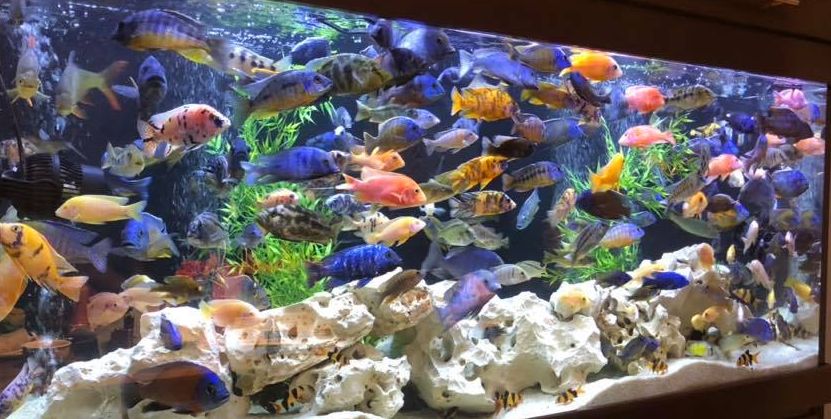
Sizing UV Units
Wide spread social media consensus (including profit driven internet directions and the directions that come with the units), is that UV in the home aquarium needs to have high wattages, low flows, high dwell times, splitters or flow control valves to be very effective. This is simply incorrect.
High flow rates, low wattages and low residence times are all very effective for aquarium UV units because of an obscure scientific principle called the Reciprocity Rule in Photobiology (a residence time of one second in ten passes has the same effect as a residence time of ten seconds in a single pass). Roughly one watt of UV per ten gallons of aquarium water is enough to kill even ich trophonts, even at high flow rates and low residence times.

For more information on UV power requirements in the aquarium click on the following links:
14.1. UV Sterilizers
14.1.1. UV in Depth
In the article below we look at different UV units and what their attributes are. We then make a recommendation as to the “best” UV unit in our OPINION.
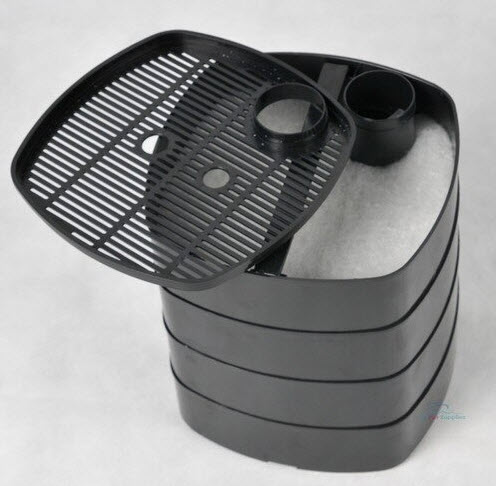
Canister Filter UV Units
The UV units found inside of some canister filters are not a good investment. These units create the walls of the UV unit with the baskets inside the canisters. The baskets in the canisters are cheap polyethylene plastic. Polyethylene literally disintegrates when hit with UV light, becoming a black powder.
It is easy to stop the degradation from occurring. Simply make a tube of stainless steel sheeting that fits inside the tube formed by the baskets. Expand the tube so it hugs the basket walls. The tube will prevent the UV from hitting the plastic and degrading it. One can also wrap aluminum foil around the individual baskets in the area of the UV. Just form the aluminum foil to the outside of the baskets. The foil will not harm the fish.
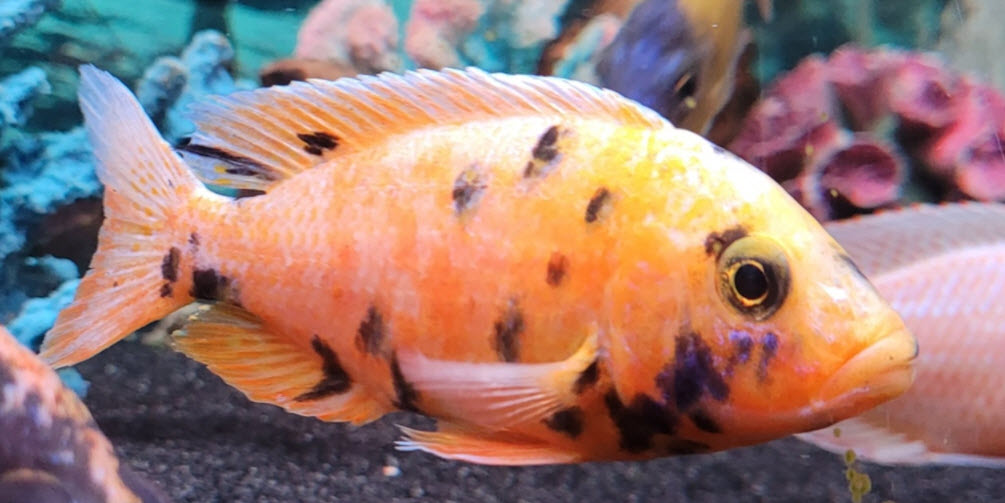
Note also that some trays have built in “swirling” ribs which are nothing more than marketing gimmicks but which prevent the stainless steel from hugging the walls of the tube made by the baskets. Just ignore the ribs and put the tube of stainless inside the ribbing. The effect on flow will only be slight. Note some baskets are now made of a gray plastic which is more resistant to degradation but there is no good way to tell which is which.
Note that if one does not replace the UV bulbs every year or so the UV unit stops putting out UV light and the degradation stops. A UV bulb typically has a 50% half if of 8,000 hours, or one year. So after one year the unit becomes a purple light treatment of water. So people often come on social media and say things like “My canister UV unit has been working for three years with no degradation”. Questioning will reveal they never changed the UV bulb and have been treating their water with purple light.
It is extremely important to replace the UV bulb at least once a year. The “half-life” of most UV bulbs is about one year. At one year of 24/7 the bulb will have half the effectiveness of a new bulb.
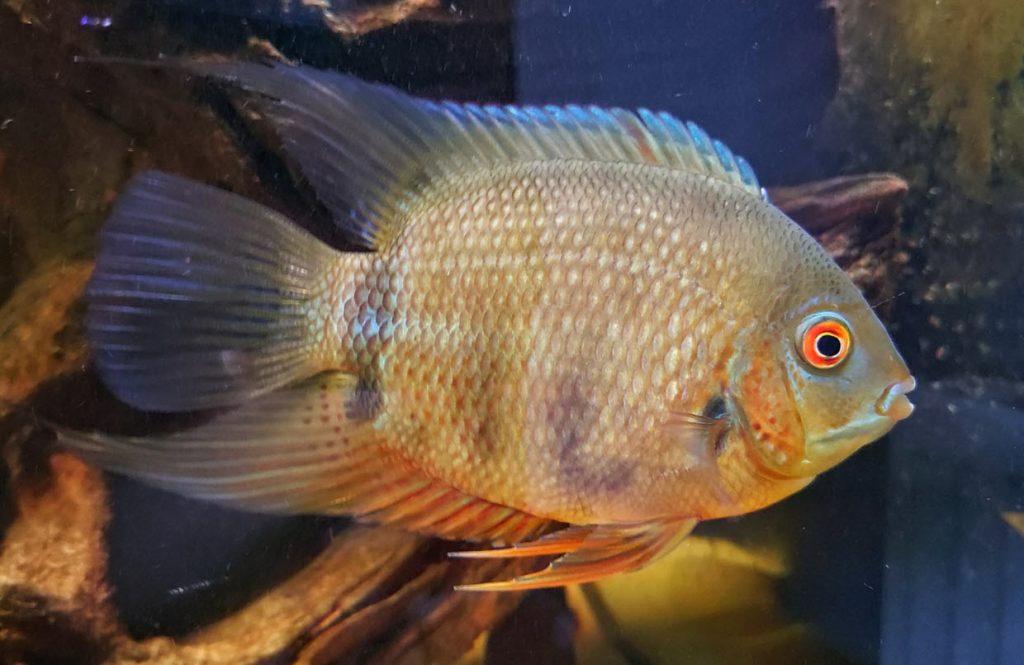
“Open” Sump Units
The cheapest units are simply waterproof UV tubes that one puts in a sump. The Coospider IP68 11 watts, $28 is one such unit:

.
I will make a heavy duty recommendation here:
.
NEVER EVER buy such a unit !!!
.
Notice the small red warning at the bottom of the page “UV-C light is harm (sic) for eyes and skin. Do’t (sic) look at working UVC lamp“. This is 100% true. Even momentary exposure of the human eye to UVC is damaging. It will cause cataracts as one ages. The problem is that if you have such a unit in your sump it is very difficult to prevent looking at the bulb. So it is almost inevitable you will damage your eyes with this unit. These units should never be allowed to be sold as they are decidedly dangerous.

In Tank UV Units
The Green Killing Machine in-tank units work well for aquariums under 30 gallons. The replacement bulbs for the Green Killing Machine are $30, which is pricey for something which must be replaced every year. But the bulbs have disposable built in walls, so the units don’t disappear with time. These units are probably the most popular aquarium units. There are many reviews on this product where the bulb shorted out or the pump failed after one or two months so some caution is warranted.
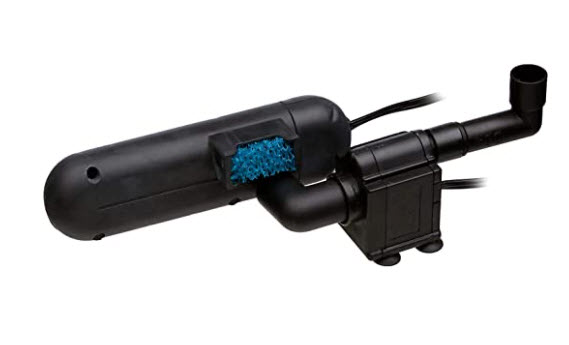
There are some in-tank UV units that can be purchased quite cheaply. The bulbs typically short out in weeks to months and the unit self-destructs. Also, the plastic cylinder around the bulb is cheap polyethylene and will disappear in time.
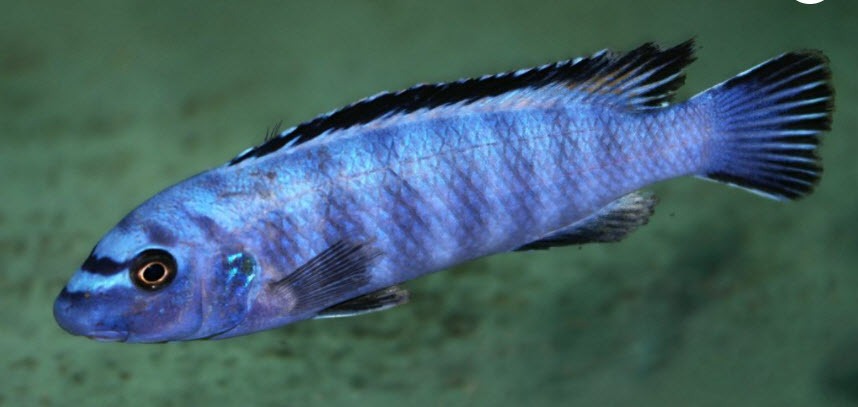
In-line UV Units
In-line units are far better options than in-tank units. The bodies of most inline UV units are made from thick black polyvinyl chloride (PVC) plastic which is quite resistant to UV (thus the wide-spread use of “vinyl siding” on homes). So, these units typically don’t degrade with time.
Small 9 watt and 13-watt units will restrict the flow of most canister filters far too much as they are too small of a diameter. So, a minimum of 18 watts for a UV unit in the aquarium is best if used as an in-line unit with a canister filter or a sump.
It is possible to split the flow of the water and only put a percentage of the water flow through a small in-line unit. This prevents the small size of the UV channels from restricting the flow of the canister very much. This will work well, again because of the “Reciprocity Law”. It just takes a little plumbing skill.

Adding UV to Hang-on-back Filters
If you have only hang-on-back filters on an aquarium, take a powerhead pump and put it in the aquarium. Hook up tubing from the pump to an in-line UV unit outside the aquarium, with a line back to the aquarium. Be sure and use steel clamps on all the tubing connections. Hook the pump up to work as a vacuum, this keeps leaks minimized. UV units work fine at low flow rates.
For small tanks this option is excellent even with the very small 9 watt in-line UV units. Actually this 9 watt option is good up to a 90 gallon aquarium!

.

Selecting a UV Unit
A cheap 18-watt unit is enough in the home aquarium for units up to 180 gallons. Look up the cheapest 18-watt UV bulb ($5?) you can buy on the internet and then finding the cheapest flow through in-line unit which uses that bulb ($381 units and $43 units use the same UV bulb! Go figure?).

Here’s the UV units one particular UV bulb is a replacement for:
MarineandReef .com, 18 W UV Bulb, ESU 2G11 Base, $5.25:
- Jebao UV Ultraviolet Sterilizer UV-H18 $42.99
- Sunsun CUV-118 UV Sterilizer 18W $55.19
- Cal Pump U.V. Clarifier #UV18 $162.99
- TetraPond GreenFree UV Clarifier $172.70
- Coralife Turbo-Twist UV Sterilizers $174.99
- Pondlife Turbo-Twist UV Pond Clarifiers $179.98
- Aqua Medic Helix Max $381.59
Take your choice. I would go with the Jebao myself. I have about seven Jebao units and they seem to work pretty well.


Note one Facebook individual went with an $80 stainless steel pond UV unit, the Jebao 36w STU Stainless Steel UVC Clarifier. This was an excellent choice. The stainless steel is a very good material for a UV unit, increasing the efficiency of the unit about 35%. The 36 watts being on 24/7 could heat up a small tank too much, but for a tank over 75 gallons (one watt for each two gallons) this is a great choice. Note that other than heat there is no downside to an oversize UV unit.
Unfortunately there do not appear to be any smaller units with stainless steel construction. Some of the smaller units are constructed in such a way that one can cut a stainless steel sheet (can get over the internet) and fit it inside the unit to give the increased efficiency.
Also note that the COVID pandemic has resulted in a very high demand for all aquarium supplies and both shortages and skyrocketing prices. So the prices above can be MUCH higher.

“Googled” Reviews of UV Units
Be cautious with websites which “review” items like UV sterilizers, like a site “Aquaanswers” from Momchil or the “Aquarium Store Depot”. Their recommendations are based on the profit motive, not science. The have links in the review to products on Amazon they are recommending. For every click on that link that results in a sale they receive a fee. If the website came to light through the use of Google, Google gets a commission. How accurate do you think the reviews will be?
Indeed any research done on the web with search engines will only give you “Science” (actually marketing hype disguised as science) which has a whole lot of words which are highlighted in blue and underlined. Click on these “links” and you will typically end up at an Amazon website which is selling some product. Buy this product and the “Science” website gets a commission. How accurate do you think the “Science” will be?
I have searched high and low for unbiased data on the efficiency of any given UV bulb. And I have been unable to find any such data. The data on the web one can find is heavily biased and simply not reliable. This includes such sites as Sera Amalgam UV and Osram Puritec UV.

Further Information
For more information on UV click on the following links:
14.1. UV Sterilizers
14.1.1. UV in Depth
.
Return to Equipment Menu
.
Aquarium Science Website
The chapters shown below or on the right side in maroon lead to close to 400 articles on all aspects of keeping a freshwater aquarium. These articles have NO links to profit making sites and are thus unbiased in their recommendations, unlike all the for-profit sites you will find with Google. Bookmark and browse!
.

Dave says
In reply to Ike …… not a lick of a difference . I.e. six of one, half a dozen of the other.
Ike says
Dave,
Is the distribution of the wattage technically relevant? For example, applying the rule of thumb of one watt per 10 gallon, on a 500 gallon tank, is there a difference in effectiveness between one 50w UV and 2 25w UVs? Better, worse or is it linear?
Thanks again for another educational reading.
Taylor H says
Thanks. Just ordered a 30gal Green Killing Machine.
Tom says
I’ve ended up managing to bodge a UV tube in place of one of the lift tubes on my undergravel filter. I spent a while searching online and found “LYtech Fish Tank Filter Aquarium Filter, 8W UV”. It’s advertised as an all-in-one unit and is clearly inadequate for the job on its own as it’s just a powerhead with a UV tube with a tiny sponge at one end.
However it comes with an alternative to the tiny sponge which is an attachment with a very similar size to my undergravel lift tube. Unfortunately it’s pretty long so I had to dremel my lift tube base (the outer bit) to make it shorter, and then cut the inner part to length and attach it to the bottom of the UV tube.
It looks like the UV light isn’t easily replacable, so I’ve bought a spare whole unit. The reviews suggest the powerhead is pretty noisy (it seemed fine on a brief test) so I’ve stuck with my original one for now. Flows seem as good as before the change; I figure at worst it’s now an 8W heater and hopefully will help with algae and what I suspect might be a bit of mycobacterium in the tank (3x deaths over the last month, could be random, but two of them had a small lump)
Can’t post a photo on here but I’ve posted at: https://bsky.app/profile/lawtontri.bsky.social/post/3l5te34rg7n2v
Dave says
In reply to Tom …. None that I’m familiar with.
Tom says
Thank you for all this information, it’s been a boon over the year since I’ve started this hobby. Are there any UV sterilisers that would work in place of a power head (or with one I guess!) on one of the lift tubes of an undergravel filter?
Dave says
In reply to Jess …. five watt will be enough.
Jess says
Hi Dave, I’m trying to get a uv for my 180 litre tank- would the dymax uv-flo 5 watt be enough?
My other half just went to our LFS and they told him a smaller unit at 3W would only kill algae and the $400 unit at 11W was necessary for any bacteria/nasties!
Dave says
In reply to Anthony …. Unless you like frequently replacing the bulb I would run it 24/7.
Anthony says
Hi Dave. Would The Green Killing Machine 9w be fine for a 180l (47.5 Gallon) tank? I want it purely for killing protozoans in the water and plan to run it 24/7 for 2 weeks and thereafter 4 hours a day.
Dave says
In reply to Wayne ….. Should be just fine.
Wayne says
Hi Dave, would a 7W in-line UV-C attached to an Oase biomaster 600 be sufficient for my 60 gallon? TIA
Dave says
In reply to Jason …. In the aquarium flow is immaterial. 18 watts UV will work just fine with an FX6.
Jason Wagner says
I’m struggling to understand what size UV to get for my 125 gallon tank. As I understand, attaching the UV to the Fx6 may be too strong of a flow to be effective for an 18watt sterilizer?